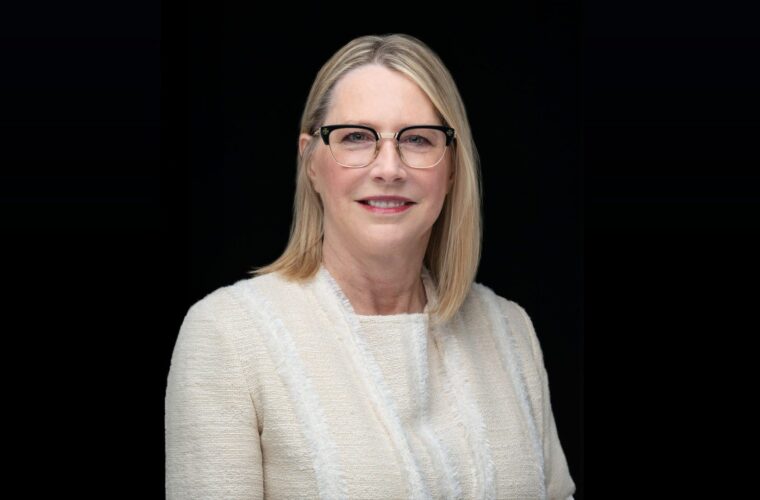Dyson sophisticated sensing technology tracks air pollution
Dyson’s air quality backpack is a portable air-sensing device that collects air pollution data on the move. The company has introduced its innovative product by re-working and improving the existing sensing technology used in Dyson air purifiers. The air quality backpack has an accompanying app that enables customers to track air pollution in real-time.
The company has also launched a new online campaign to educate users about pollution sources and ways to reduce exposure. To accomplish this thought goal, Dyson is working with influencers, wellness enthusiasts, and adventurous globetrotters responsible for communicating Dyson’s message and raising public awareness.
This sophisticated portable monitoring device can measure CO2 emissions and deliver automated data analysis and visualization through the Dyson Air Quality (AQ) app.
Also, the backpack sensors can measure humidity and temperature. Dyson’s innovative technology can detect pollutants, including NO2, VOCs, PM2.5, and PM10. To process the collected data, the Dyson AQ app uses algorithms and AI to create air quality reports.
“Our engineers have developed intelligent sensors using knowledge derived from years of experience and research in air cleaning technology. Using our unique algorithm to process detailed reports of air pollution exposure, this innovative technology allows us to monitor air quality indoors, outdoors, and on the move. What’s more, it all fits within a backpack,” said Alex Knox, Vice President of Environmental Care at Dyson.
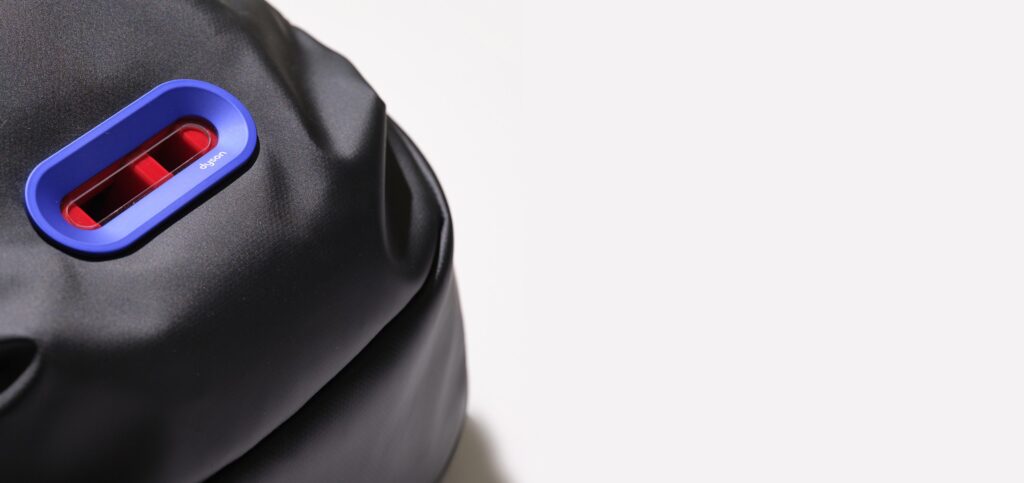
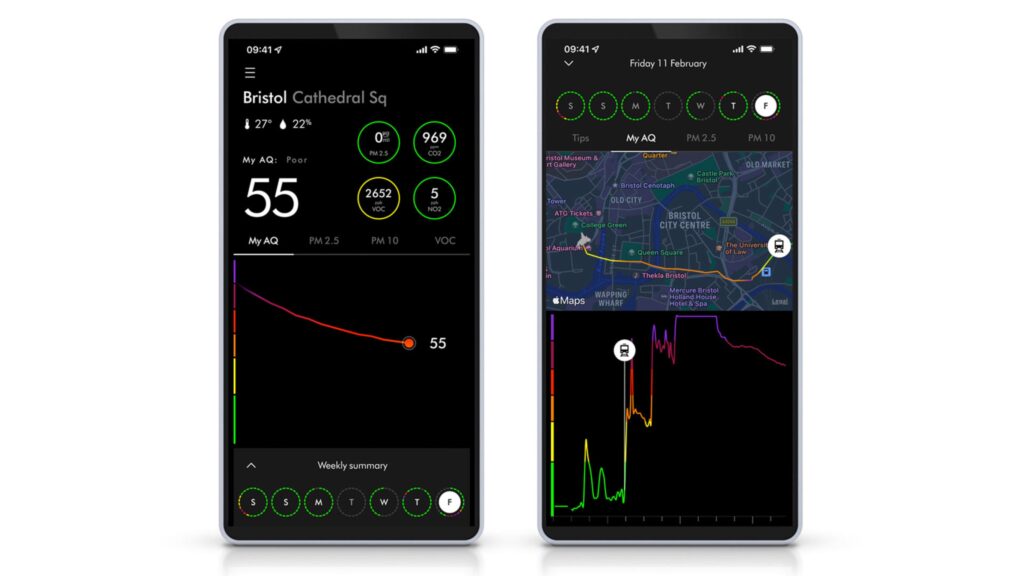
The impact of Delhi NCR smog on indoor pollution
The prototype was used to track the impact of Delhi NCR smog on indoor pollution.
From cooking at home to yoga in the park and a picnic with her daughter, Dyson’s prototype air quality backpack tracked air pollution exposure throughout the daily routine of Delhi NCR-based mother, Karuna Chauhan. The findings indicated a significant increase in PM2.5 levels and highlighted how daily activities can impact air quality.
“As the Product Owner, it has been a fantastic journey to live with the product for over a year & use insights to shape the product roadmap. Unlike the usual products I work on, this is not for sale and has been developed by our lean software innovation team rather than the standard full-scale software delivery and production teams. This wearable shall raise public awareness of Air Quality and harmful pollutants in our environment. Additionally, it provides Dyson with scalable product development and data platform within our research programs. The product team has had full autonomy and ownership to understand, solve and engineer complex technology and UX problems along the way,” Chris Selway, Senior Product Owner at Dyson, noted.
“The app enables users to track their real-time exposure to air pollution on the go and understand potential pollutants, and routes or activities that can expose them to poor air quality. Live data is updated every second, highlighting the wearer’s exposure to pollutants such as walking past a road with heavy traffic. The app can also summarize historical data, showing the past week’s exposure, mapping where and how the backpack wearers’ pollutant exposure varied over a week”.
With the onboard sensors, the battery pack, and the GPS, Dyson expects to use this sophisticated technology to provide insight into people’s exposure to air pollution and how to eliminate it.
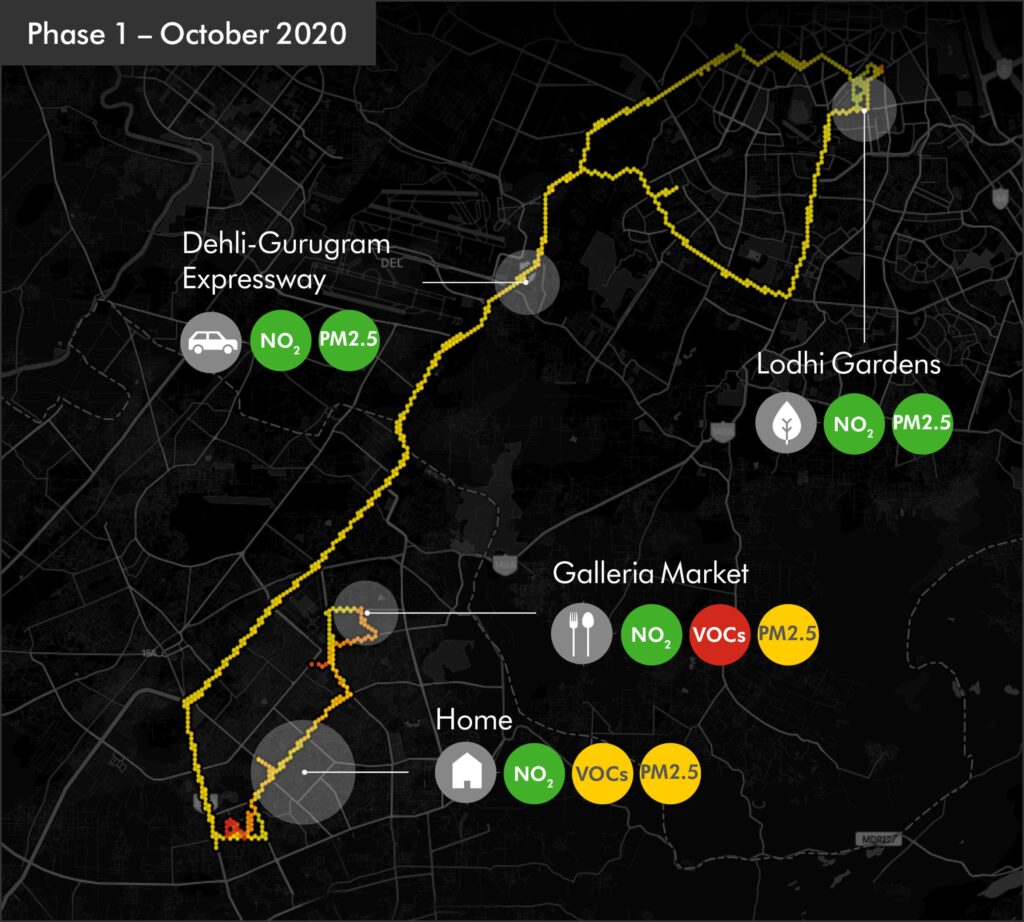
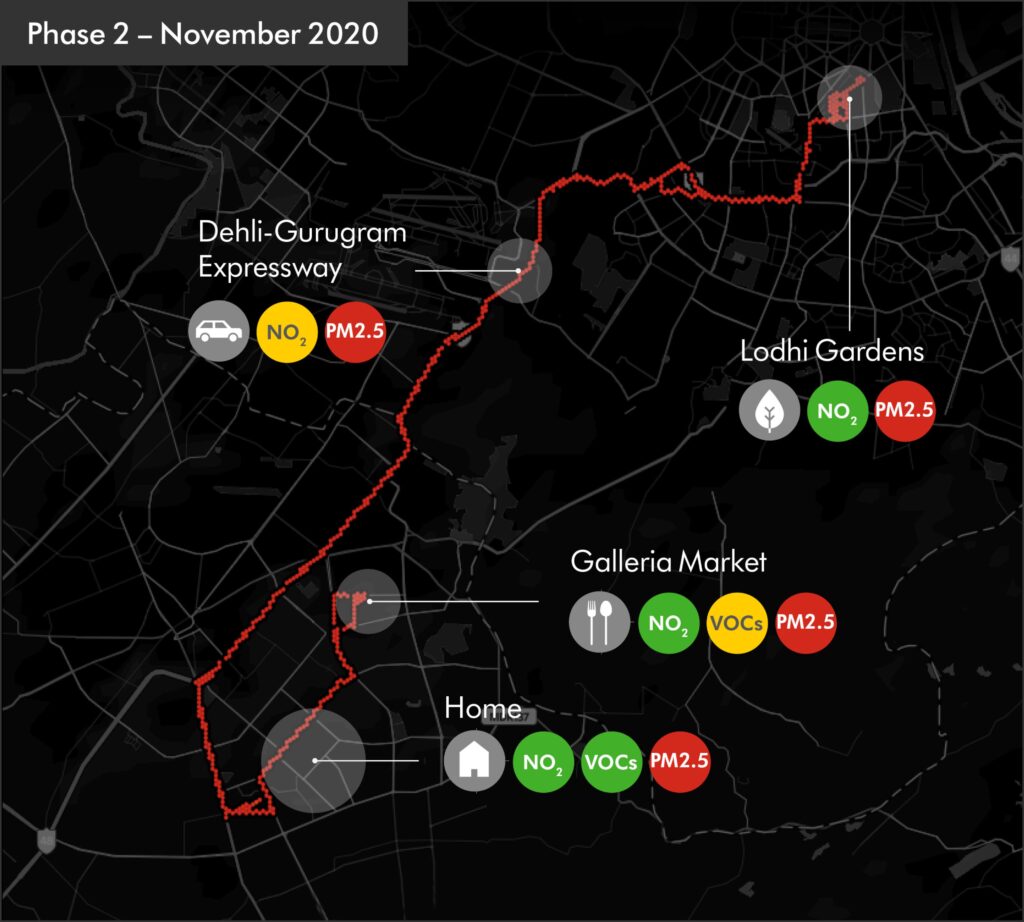
Sustainable solutions
Dyson also recently introduced the Dyson Zone, the first portable air purifier, which absorbs city pollution, including gaseous emissions, allergens, and particulate matter, and cancels noise with advanced noise cancellation technology and clear, high-definition sound.
The Dyson Zones are a set of premium noise-cancelling over-ear headphones that simultaneously provide immersive sound to the ears and clear airflow to the nose and mouth. As the result of over ten years of research, the air-purifying Dyson Zone headphones simultaneously address urban air quality and noise pollution issues.
As the urban population grows, the World Health Organization (WHO) estimates that 9 out of 10 people worldwide breathe air that exceeds WHO quality standards. While NO2 pollution decreased in cities during the Covid-19 pandemic, levels rebounded quickly and in many cities exceeded pre-pandemic levels. It is estimated that more than 100 million people, approximately 20% of the European population, are long-term exposed to noise that exceeds WHO guidelines.
Dyson appliances are becoming increasingly intelligent, using a myriad of sensors, electronics, control systems, and software codes. This has been made possible by a tenfold increase in software developers since 2012, and Dyson remains committed to growing its team worldwide.

